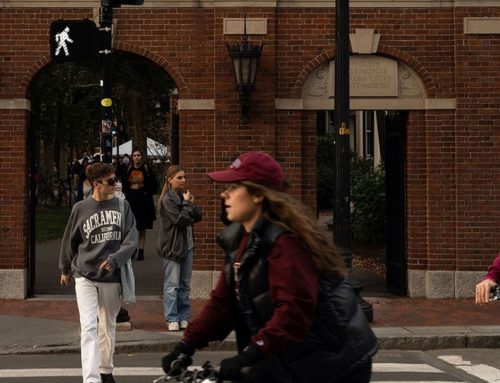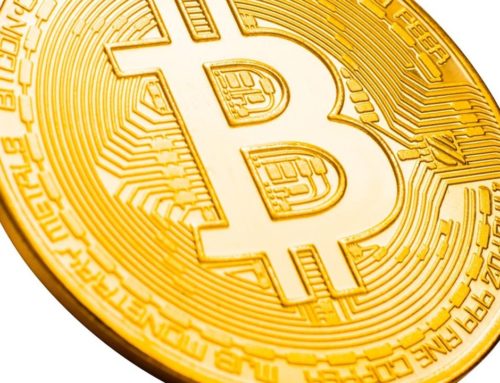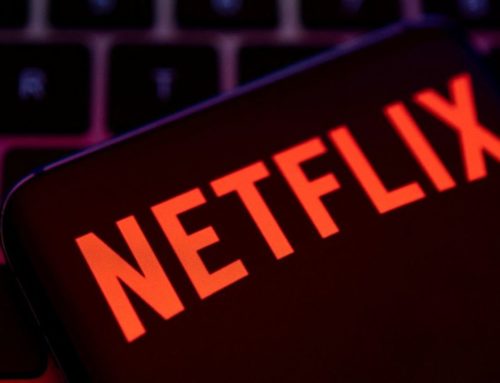Picture a group of 20-somethings at a restaurant. At the end of the evening, instead of putting down cash or a bunch of credit cards, one person picks up the tab and gives a meaningful glance at her smartphone.
’Nuff said — the diners know the drill. They can pay their share of the bill by transferring money to the check holder via a mobile payment service. “Often the same $500 or $100 seems to rotate between the 10 of us in our ecosystem,” says Mark Ranta, head of Digital Banking Solutions at ACI Worldwide.
Ranta is on the cusp of the millennials demographic, which is loosely defined as those born between the early 1980s and 2000. There were 83.1 million millennials in the U.S. in 2015, more than a quarter of the nation’s population.
50 PERCENT OF MILLENNIALS USE NONTRADITIONAL PAYMENT COMPANIES.
Increasingly, millennials are resorting to going cashless and are galvanizing a shift to electronic business-to-business payments. “This is the generation who grew up with iPhones. The idea of doing things digitally is not foreign or learned, it’s native,” Ranta says.Millennials also prefer to do banking through their smartphones: 67 percent have used a bank’s mobile app. By comparison, only 33 percent of baby boomers have used a banking app.
Ranta says that the Great Recession has a lot to answer for when it comes to millennials’ embrace of mobile payment technologies. “A lot of that generation didn’t get access to credit cards because of the financial collapse, and were pushed into using debit cards,” he explains. “The conversation really starts with debit.” Cashless systems were the right solution at the right time: They offered a debit-based principle of money transfer through an interface millennials already know and love, the mobile phone.
Sourced through Scoop.it from: www.ozy.com








Leave A Comment